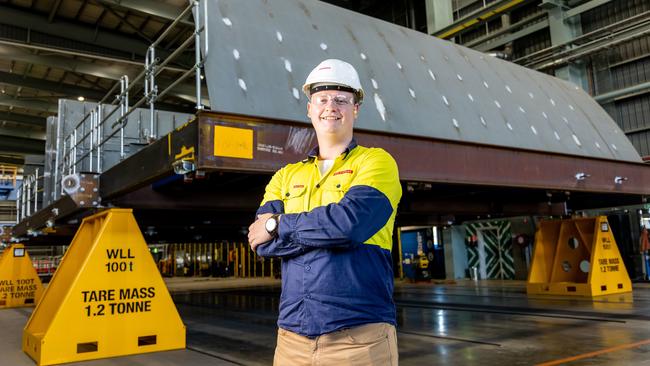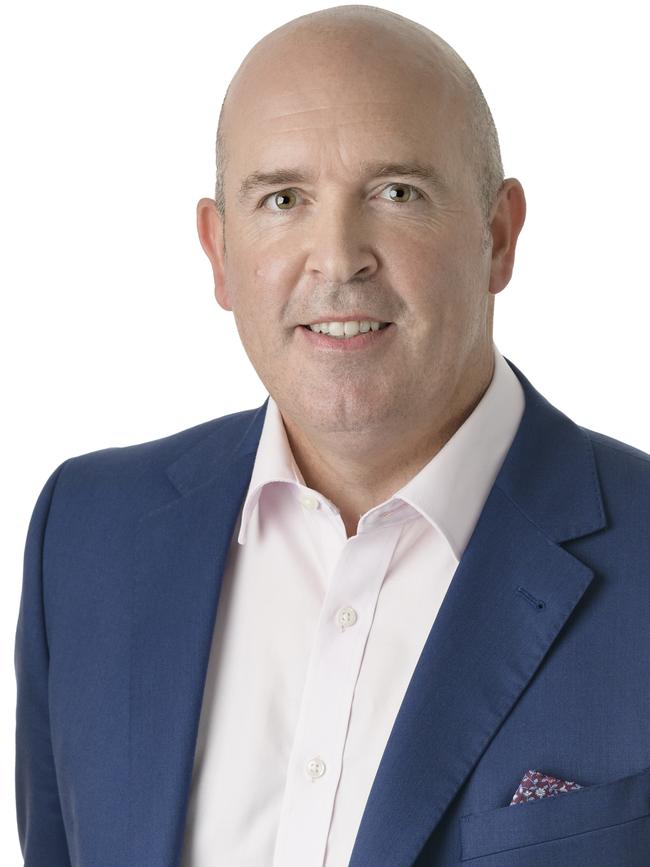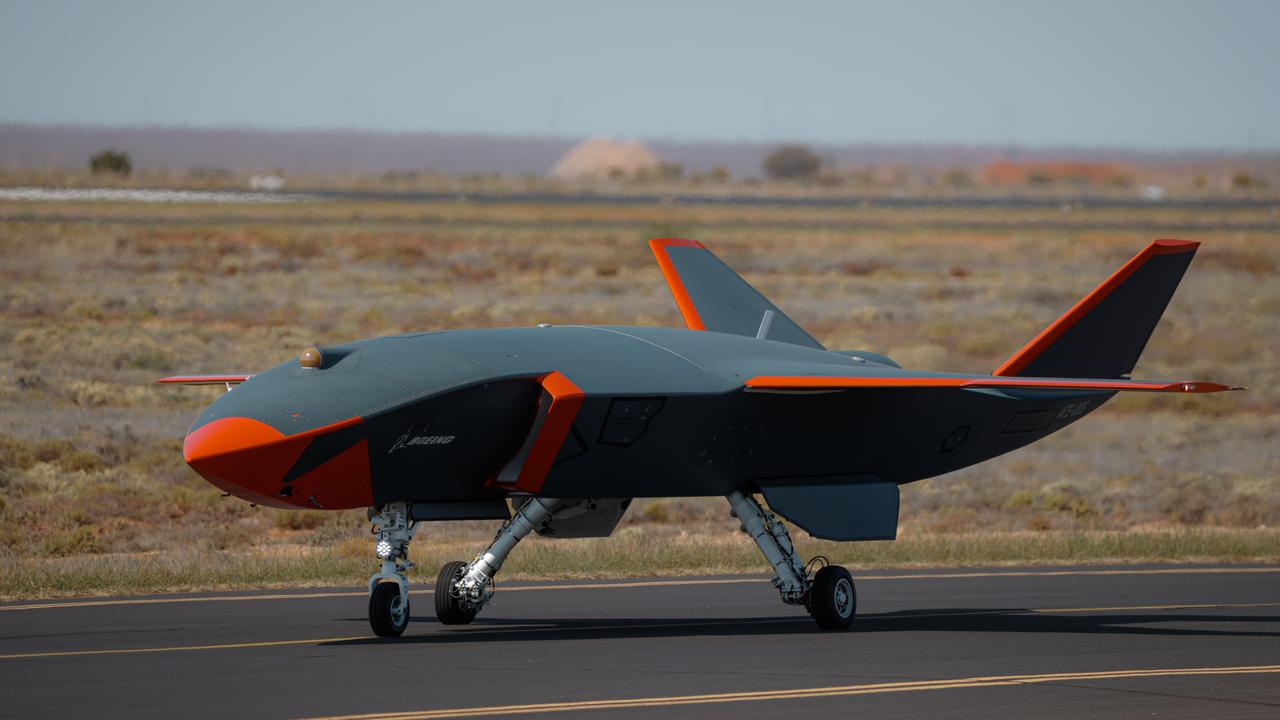Shipbuilding is a national endeavour
The Australian government has reaffirmed its commitment to continuous naval shipbuilding.

The phrase “valley of death” is often used when referring to the shipbuilding industry within Australia and it is one that – rightly so – evokes fear and dread. I make no bones about it: our industry has long suffered from a constant boom-bust cycle and it has cost Australia – strategically, socially and economically.
This is why I was pleased to see the Australian government reaffirm its commitment to continuous naval shipbuilding in the recently released Defence Strategic Review (DSR) recommendations.
We need a strong, sustainable and innovative Australian naval shipbuilding and sustainment capability that will serve our nation’s strategic and economic interests for decades to come.
The term “continuous naval shipbuilding” may sound like a series of buzzwords, but what it ultimately means is having the infrastructure, supply chain, new and improved technologies and – most importantly – the workforce to build and sustain ships for the Royal Australian Navy. This ensures the RAN can get the capability it needs to defend our shores, when it’s needed.
More than that, having a strong continuous naval shipbuilding industry provides assurance to local companies that no matter their size, when they invest in their own businesses that support shipbuilding and sustainment, the program is then not subject to changing direction by government leaving them at risk.

For so long we have seen the Australian supply chain pursue more stable, longer term sectors which are not subject to the feast and famine vagaries of a traditional ship build program.
It will provide assurance, too, for the younger generations entering the workforce that this is a career, not just a job, and it will give them security for decades.
Unfortunately, during the last “valley of death” hundreds of experienced shipbuilders lost their jobs at the end of the Air Warfare Destroyer (AWD) program.
At BAE Systems Australia, we continue to keep in touch with many ex-AWD shipbuilders so that we might re-employ them on the Hunter program. However, many have moved on to new careers in the years that passed and we have lost the highly sought-after experience along with them.
When I speak of assurances and opportunities, they are not empty promises – the scale of the shipbuilding and sustainment programs BAE Systems Australia is involved in cannot be overstated.
The Hunter Class Frigate Program (HCFP) is now well and truly under way, with the first of the “schedule protection blocks” – which will be used in the first batch of Hunter-class frigates – now in production.
But this is not just about building new ships, it is also about ensuring the current fleet remains an enduring strategic asset and meets the requirements of the Royal Australian Navy.
Modernisation of the naval force is a complex endeavour that requires long-term planning and commitment to infrastructure and workforce across the country.
To succeed and maximise broad benefits for Australia, a genuine whole-of-nation,
whole-of-industry and whole-of-government coordinated approach is required.
We are proud to be part of the Warship Asset Management Agreement (WAMA) – comprising the Commonwealth, Saab Australia, Naval Ship Management and BAE Systems Australia, it successfully supports the Anzac class frigates modernisation works in Western Australia.
Recently BAE Systems Australia was awarded the Capability Life Cycle Manager (CLCM) contract to continue to support the Hobart-class destroyers, which we have been working on since 2017. Over the next six years, our highly skilled team will manage the fleet, ensuring they are ready to fight and win at sea, with the latest capability. The ability for our people to connect the new design concepts and technologies from the acquisition phase into more efficient, more reliable capability through life is unique to very few companies in the Defence sector in Australia and provides a career opportunity that spans across an entire product lifecyle.
This reflects the key principles of Australia’s future maritime sustainment model, Plan Galileo, which was released by Department of Defence in 2020.
Plan Galileo outlines a “cradle to grave” lifecycle approach to capability to ensure the naval fleet is effectively sustained so it can fight and win at sea.
All these shipbuilding and sustainment programs – including the future submarine programs – require the very best that Australia has to offer. Not just now, not just five years into the future – but for generations.
For a country like ours, being able to build upon the experience through generations will be invaluable, and crucial to growth here. I have seen in Scotland, families who have worked on the Clyde, all passing on that knowledge. Grandparents to parents, parents to children, and those children to their children.
Knowledge. Growth. Security. That is what a continuous naval shipbuilding capability is all about.
No matter what the future holds for Australia and our defence industry, having that workforce and knowledge base to draw upon will ensure our nation’s security and prosperity.
-
Craig Lockhart is managing director, BAE Systems Maritime Australia.


